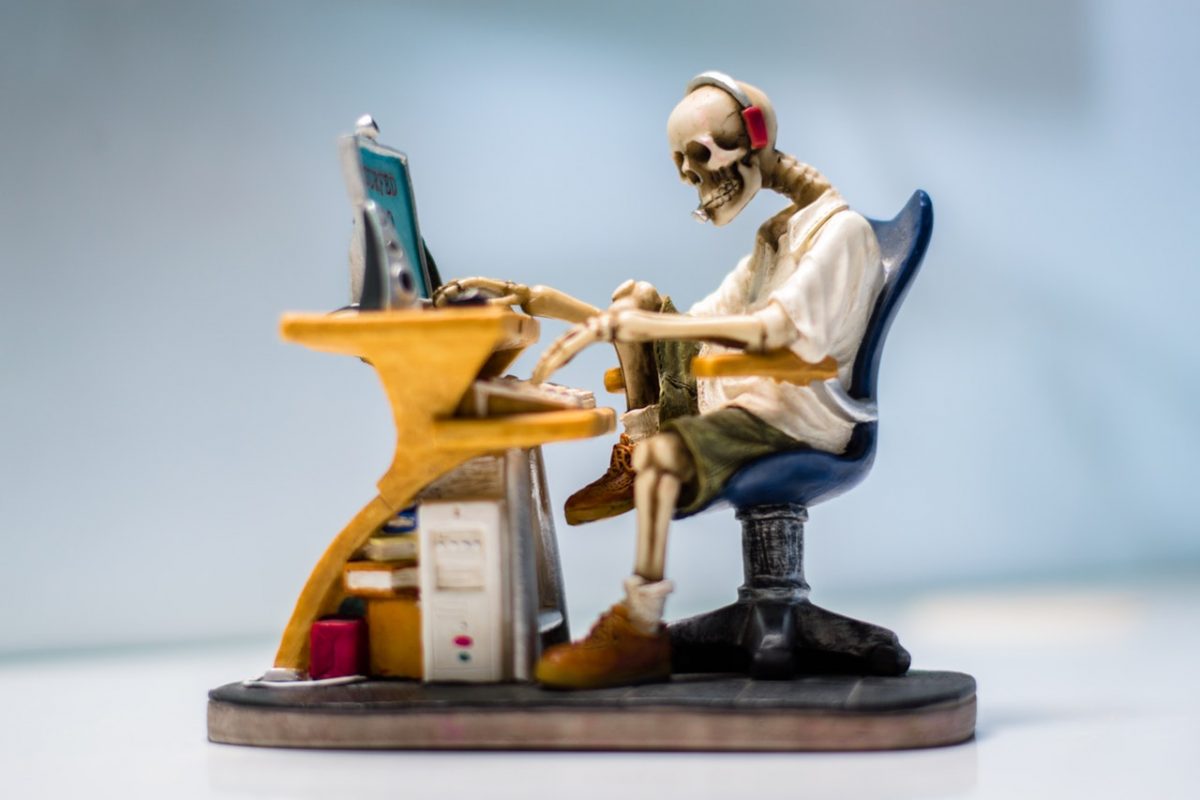We know that you guys are really familiar with the computer but we bet you might not know these interesting facts about computers.
Let’s discuss What is a computer?
A computer is a device that can be instructed to carry out sequences of arithmetic or logical operations automatically via computer programming. Modern computers have the ability to follow generalized sets of operations, called programs. These programs enable computers to perform an extremely wide range of tasks.
And the computer is one of the powerful machines that can work faster than the human brain. Isn’t it cool and amazing?
Interesting Facts About Computers
These listed facts about computer are history based as well as newly researched make sure you check them all.
- The word “Computer” was first recorded as being used in 1613 and originally used to describe a person who performed calculations or computations.
- The first mechanical computer, created by Charles Babbage in 1822. Where Charles Babbage conceptualized and began developing the Difference Engine, considered to be the first automatic computing machine.
- Charles Babbage was considered as the father of the computer after his invention concept of the analytical engine.
- Due to funding issues Charles Babbage not able to build a computer but in 1910 Henry Babbage, Charles Babbage’s youngest son was able to complete a portion of the machine that could perform basic calculations.
- There are several people who could be considered as the father of the computer including Konrad Zuse, Alan Turing, John Atanasoff, and John von Neumann.
- The first electronic general-purpose computer was introduced in 1949 February 15 (Friday) by J. Presper Eckert. Which is named as ENIAC.
- It weighed more than 30 short tons (27 t), was roughly 2.4m × 0.9m × 30m (8 × 3 × 100 feet) in size, occupied 167m2 (1800 ft2) and consumed 150 kW of electricity.
- ENIAC contained 17,468 vacuum tubes, 7200 crystal diodes, 1500 relays, 70,000 resistors, 10,000 capacitors and approximately 5,000,000 hand-soldered joints.
- ENIAC was originally designed for the production of ballistic tables for the 2nd world war, the machine was not completed until after the war ended. After that, it was used for scientific computation.
- The first digital computer was Atanasoff Berry Computer. ABC developed by John Vincent Atanasoff in 1937.
- Yes ABS was an electrical computer that used vacuum tubes for digital computations. ABC used binary calculation system and Boolean logic.
- ABC had not CPU.
- ENIAC was initially not a stored program machine, it had to be reprogrammed for each task.
- EDVAC contained approximately 4,000 vacuum tubes and 10,000 crystal diodes.
- EDSAC contained 3,000 vacuum tubes and used mercury delay lines for memory. Programs were input using paper tape and output results were passed to a teleprinter.
- Eckert and Mauchly later lost the patent on their machine when it was claimed that another early experimenter, John Atanasoff, had given them all the ideas about ENIAC that mattered.
Wrapping it up
What do you think about those interesting facts about computers? Let us know in the comment section. We would like to know if we missed anything or what?
